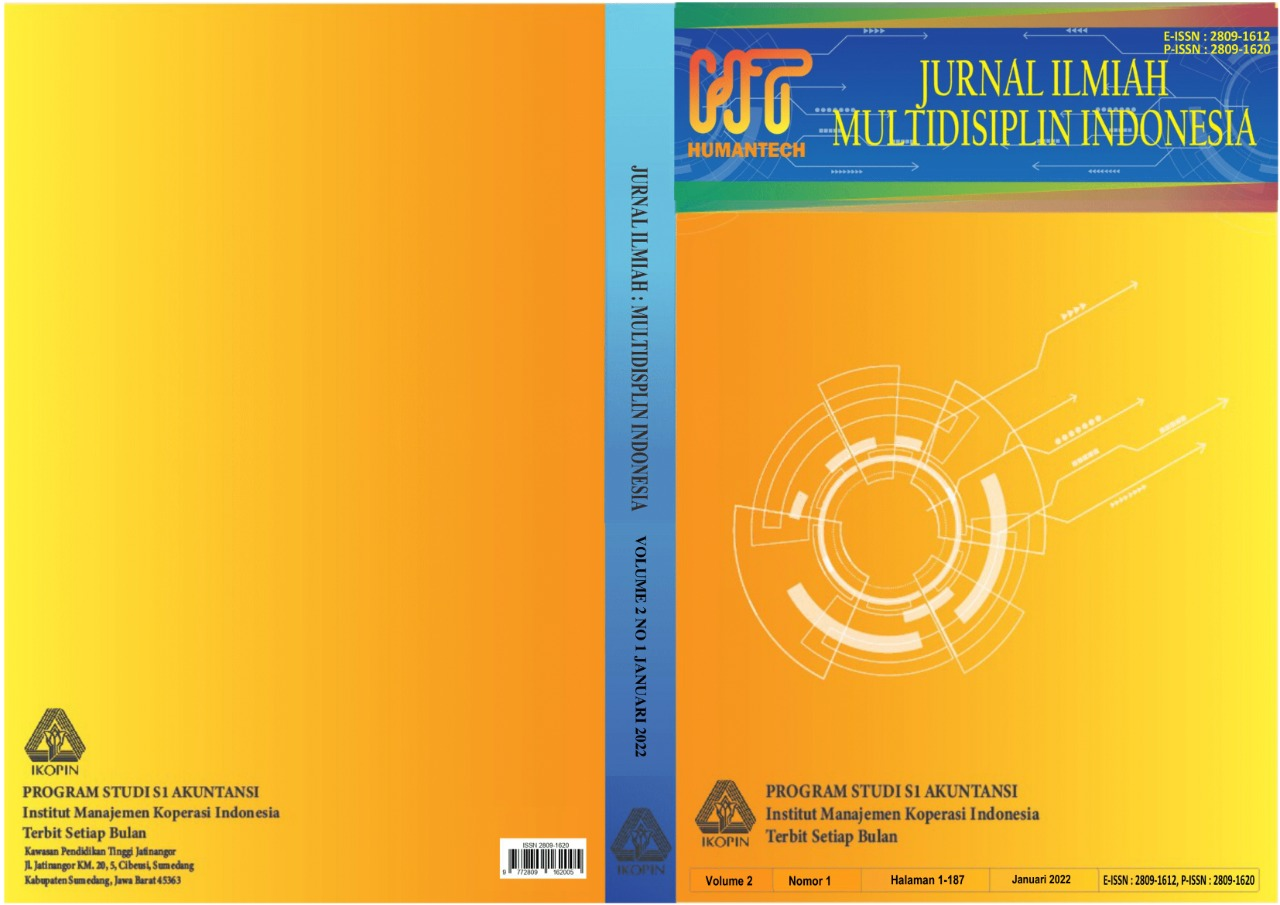Pembuatan robot pelontar bola tenis meja low budget untuk meningkatkan kompetensi atlet tenis meja di kabupaten blora
Main Article Content
Abstract
Many people practice the sport of table tennis, with a manual like practicing one-on-one.
This method is said to be less effective because it drains the energy of a coach who trains
his players, also the strokes from a table tennis coach will decrease in accuracy if he is
training for a long period of time. The table tennis branch under the auspices of PTMSI
Blora Regency still has several problems including in the facilities and infrastructure for
training athletes independently using table tennis ball throwing robot media, as well as how
to make ball throwing robots that require a small fee. The first solution to the problem is to
make a simple table tennis ball throwing robot with a minimum cost of under 1.5 million,
for the second solution, training is held to make a ball throwing robot. The development of
science in the efficiency of table tennis practice can use tools such as table tennis ball
throwing robots, to make a robot that can produce adjustable speed and spin shots having
several procedural steps to achieve the desired results such as the process of finding the
required information, testing try, and implementation. The result that is expected to be
achieved is to produce a table tennis ball throwing robot with the speed, period, and spin
of the shot that can be adjusted via a potentiometer. There are two types of spin, namely
topspin, and backspin, and can throw 30-80 balls.
Article Details
References
Setiadi Firman, Efendy Hanis, “Kendali Mesin Pelontar Bola Tenis
MenggunakanMikrokontroler”, Batam: Teknik Elektro Politeknik Batam.
Kusnaedi Nurlan Syarfiatunnisa, Rahayu Indri Nur, “Pengembangan Teknologi
Alat Pelontar Bola Tenis Meja Berbasis Microcontroller”, Bandung:
Universitas Pendidikan Indonesia.
“HC-05 Bluetooth to Serial Port Module”, datasheetspdf.com, 17 Januari 2021,
https://datasheetspdf.com/pdffile/1418730/ITead/HC-05/1
Sari Widya Marti, Hardyanto Hafid, “Implementasi Aplikasi Monitoring
Pengendalian Pintu Gerbang Rumah Menggunakan App Inventor Berbasis
Android”, Fakultas Teknologi Informasi Universitas Kristen Duta Wacana.
Hartono, I.S Rifdian, “Rancang Bangun Pulse Width Modulation (PWM) Sebagai
Pengatur Kecepatan Motor DC Berbasis Mikrokontroler Arduino”, Teknik
Listrik Bandar Udara Politeknik Penerbangan Surabaya.
Zaedally Sherali, Siddiqui Farhan, Baig Zubair, “25 Years of Bluetooth
Technology”, USA & Australia.
Eritha N. Fadila, Nurussa’adah, Zainuri Akhmad S.T., M.T., “Implementasi
Bluetooth HC-05 untuk Mengurangi Tingkat Kecelakaan Pada Pengendara
Sepeda Motor”, Universitas Brawijaya, Malang.
Aprimaijon, “Analisis Kinerja Pulse Width Modulation Pada Pengendali Tegangan
Motor DC”, Universitas Islam Negeri Sultan Syarif Kasim Riau, Pekanbaru.
Casyar Dina, “Pengaturan Pergerakan Robot Lengan Smart Arm Robotic AX-12A
Melalui Pendekatan Geometry Based Kinematic Menggunakan Arduino”,
Fakultas Teknik Universitas Brawijaya, Malang.
Linarti Lusi, “Aplikasi Bluetooth Pada Pengontrol Alat Elektronik Rumah Tangga
Dengan Smartphone Android”, Teknik Elektro Politeknik Negeri Sriwijaya,
Palembang
Gottlieb, I, (1997). Practical electric motor handbook. Elsevier
B. Prabowo, “Pemodelan Sistem Kontrol Motor DC dengan Temperatur Udara
sebagai Pemicu,” INKOM J. Informatics, control Syst. Comput, vol. 2, no.
, pp. 39-43,2008
Syarifatunnisa, dkk (2017). “Pengembangan Teknologi Alat Pelontar Bola Tenis
Meja Berbasis Microcontroler” Jurnal Terapan Ilmu Keolahragaan 2017,
Volume 02
Nuwolo, A, Adhi, (2014). “ Pengendalian Posisis Motor DC dengan Menggunakan
Metode Root Locus”, Media Elektrika, Volume 7

